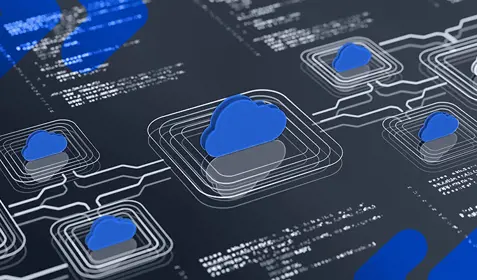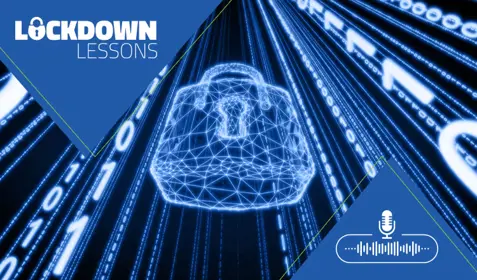Today’s businesses create, collect, and store massive amounts of data. Protecting all of this information, of course, can be challenging. If you have been around IT for any length of time, you know this is nothing new. However, there are a handful of new factors driving even greater data growth. These include:
- Powerful processors and increased network bandwidth
- More demanding applications and services
- Increased use of rich media such as video and high-def images
- Long-term data retention for compliance and analytics
- Machine learning and AI
It’s not just backup either—restores can be even more challenging. Using traditional backup tools, recovering a large data set (like the contents of an entire server) can be time consuming and costly. This isn’t just an inconvenience. When employees don’t have access to critical data and applications, revenue generating activities grind to a halt. Business downtime equals lost revenue.
Obviously, there is considerable variety in the market, and not all products are created equally. However, there are a number of attributes one can point to that can help address today’s backup and restore challenges.
Data reduction: Modern backup solutions reduce the amount of data under protection and the cost to store it using a variety of tactics, including compression, deduplication, policy-based retention, and archiving.
Fast backup and restore: In addition to the data reduction techniques outlined above, today’s tools have some ability to accelerate both backups and restores. For example, many solutions use incremental backup to reduce the amount of data being copied per backup. On the restore side, some solutions have the ability to fail over operations to a secondary server in the event of a primary server outage—dramatically reducing business downtime.
Broad platform support: Businesses obviously rely on a wide array of applications, operating systems, and hardware—not to mention a mix of physical and virtual machines. Traditionally, this meant maintaining a variety of backup products. This is highly inefficient, and as IT becomes more complex, it may become unsustainable. Some solutions today give users the ability to protect a variety of workloads using a single platform.
Endpoint/Office 365 protection: Historically, endpoint protection has been a pain point for many organizations. Additionally, many believe that cloud apps like Microsoft Office 365 do not require backup—which of course isn’t true. Modern backup solutions provide efficient endpoint and Office 365 backup.
Develop the right strategy for IT needs
When selecting a data protection solution, IT decision makers should take a hard look at the existing IT environment to understand what needs to be protected and to what level. The following questions might help:
- Do you need to keep all backup data locally?
- Could you offload older or less important data to the cloud?
- How long would it take to restore critical operations if primary servers failed or were destroyed?
- Would you be better suited with a high-availability solution that minimizes IT downtime?
- Are your endpoints-such as laptops and tablets—protected with centralized backup?
- Do you protect Office 365?
Ultimately, there’s no silver bullet when it comes to data protection. What works for one organization may be woefully ineffective for another. The good news is that today’s backup products are better suited to address data protection challenges than they were even a few years ago. So, there are options. This article can be used as a helpful roadmap for choosing a modern backup solution.










